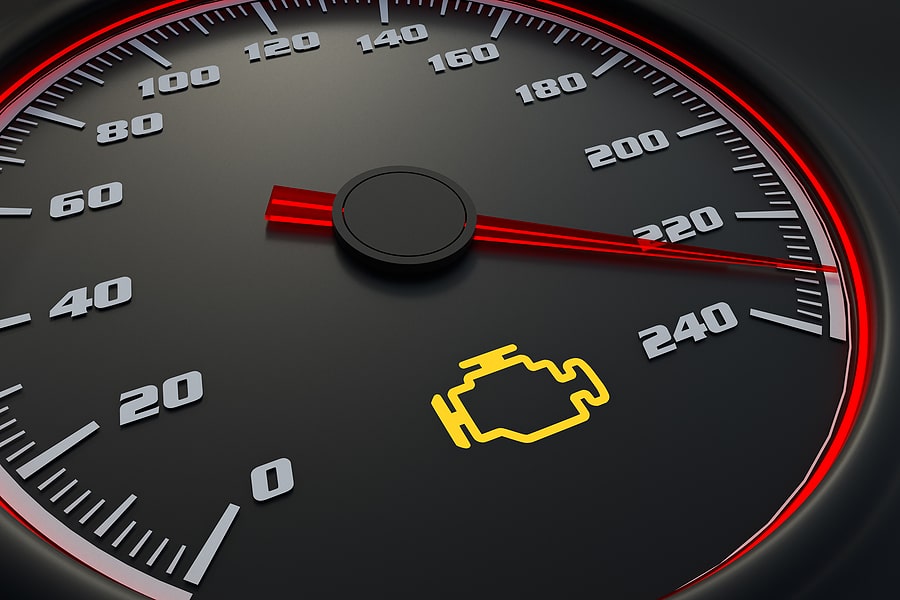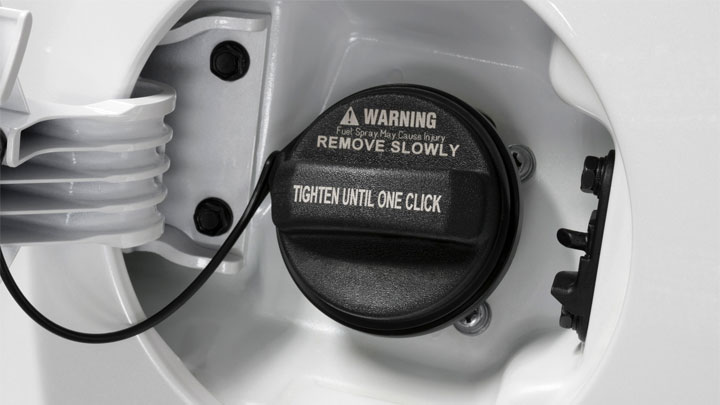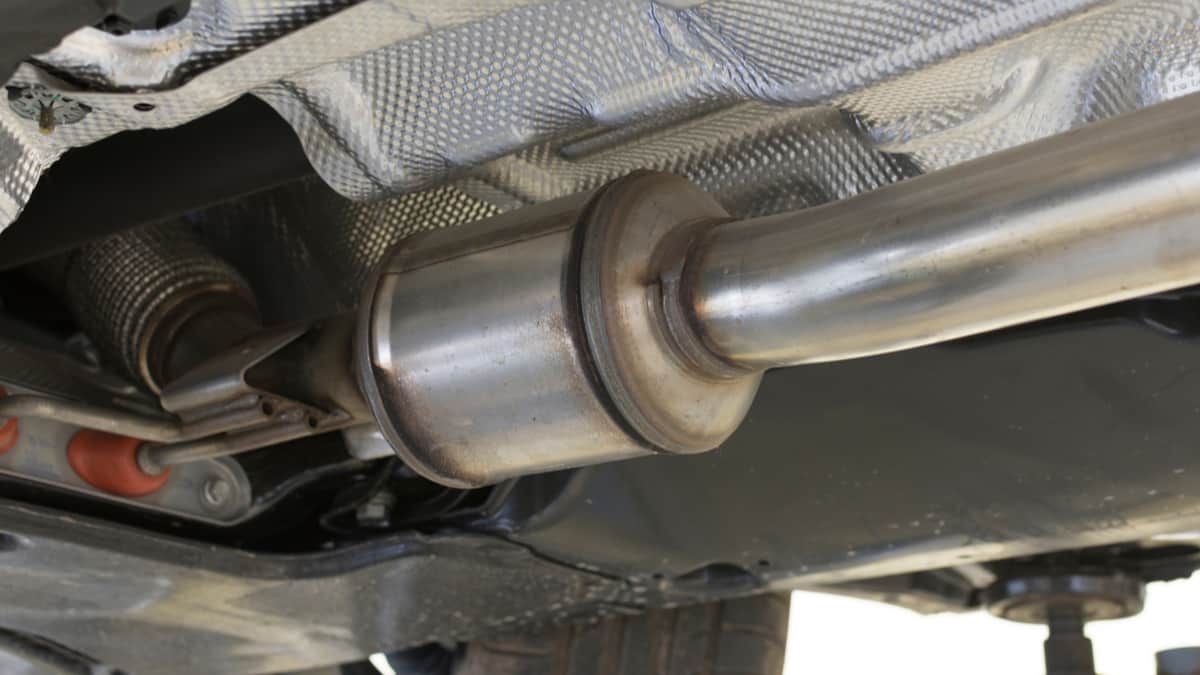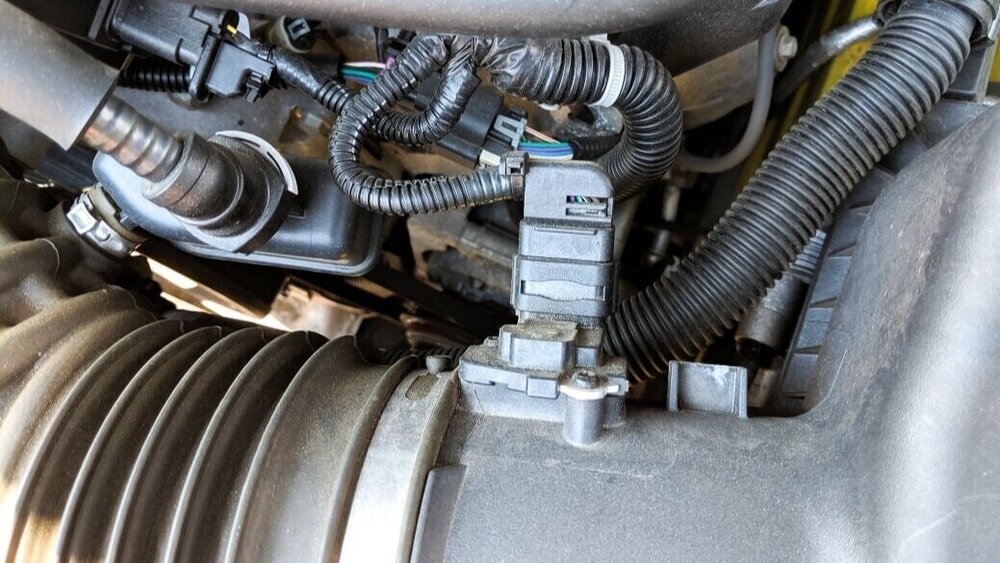Common Reasons And details For Ford check engine light
The Ford check engine light scares most drivers. Even though our cars can’t talk, they send us messages, chimes, and icons.
The orange icon that looks like an engine should never be ignored. It is usually found in the instrument cluster. When a problem is found by the car’s computer, this icon lights up. So, it’s important to find out what’s going on as soon as possible.
Now that you’re in this situation, you don’t want to put things off because that could make things worse, but you also don’t want to freak out.
So, let’s figure out what this icon’s light means. Here are some common reasons why the check engine light might come on:
Fords might have everything from gas cap issues to blown spark plugs, but if it’s flashing, don’t ignore it. . Ignoring it can cause lasting damage.
What Does the Ford Check Engine Light Mean?

The check engine light on your Ford is one of the most commonly misunderstood lights or indicators. The check engine light is part of the onboard diagnostics system and can show up in a few different ways.
It could say “Check Engine,” it could be a picture of an engine, or it could be both. This light can be either yellow or red, and it is part of your vehicle’s diagnostics system.
Since the 1980s, onboard computers have been controlling and monitoring vehicle performance more and more. They can do many things for your Ford.
Some of these are controlling the speed of the engine, shifting automatic transmissions, adjusting the timing of the ignition, and putting in place stability control, just to name a few.
So, the check engine light can mean a number of different things. It could be as simple as a loose gas cap or as serious as a knocking engine.
Also Read: Common Reasons For nissan check engine light
Ford Check Engine Light Codes
When the check engine light comes on, it can be scary to see that little light on your car’s dashboard light up all of a sudden. However, you shouldn’t run away in fear right away.
If you hear the term “diagnostic trouble codes” (DTC), it just means “check engine light codes.” These are computer codes for cars that are stored by the ECM, which is also called the “on-board computer diagnostic system” (OBD) in your car.
There are a lot of different things your check engine light can mean. Even though that sounds hard, taking care of basic diagnostics will teach you useful things about your car if you are patient. will also let that Check Engine Light do what it’s meant to do, which is to help you.
Unfortunately, the Check Engine Light does not always come with clear and helpful signs that something is wrong with a car. Since there are hundreds of possible OBD codes, there are also hundreds of possible reasons why the light is on.
- Ignition system goes wrong.
- Used battery
- Bad Spark Plugs
- Fuel and air metering systems problems
- Emissions controls issues
- O2 Sensor
- Gas Cap is Loose or Missing
- Computer output circuit issues
- Transmission issues
Is there something worse going on?
If the gas cap and oil level are fine, the check engine light could mean a more serious problem, such as:
- Spark plugs, wires, or coils that are broken
- Temperature control problems
- Catalytic converter that doesn’t work
- Mass airflow sensor not working
- oxygen sensor that doesn’t work
- Exhaust gas recirculation valve that doesn’t work
Will the “Check Engine” light turn off on its own?
If the problem or code that made your Ford’s check engine light come on is fixed, the light will usually turn off by itself.
For example, if your check engine light came on because your gas cap was loose, tightening it will turn off the light.
Also, if your catalytic converter is going bad and you did a lot of stop-and-go driving, the check engine light may have come on because the converter was used so much. Most of the time, your Ford light will go out between 20 and 40 miles after you’ve driven.
If you drive more than that amount and the light is still on, you will need to bring it to Coggin Deland Ford so the light and code can be checked again and reset.
Is it safe to drive with the “Check Engine” light on in my Ford?
This question is not easy to answer because the answer depends on how bad the problem is. If the problem is something small, like a loose gas cap, the car should be safe to drive.
Most of the time, this is shown by the check engine light staying on. If you notice a change in how the car runs, it could mean that there is a more serious problem.
If the check engine light is blinking, there is a serious problem and you should get your Ford serviced right away.
How much does it cost to have someone check the engine light?
The check engine light can be a sign of problems as simple as a loose gas cap or as serious as a bad catalytic converter or a problem with one of the car’s oxygen sensors, so it’s best to get the code read and a proper diagnosis.
Most of the time, the cost to diagnose and test a check engine light is between $88 and $111.
Flashing Check Engine Light
Before we wrap up, there is one thing to keep in mind that goes against everything I’ve said so far about your Ford check engine light.
If the light doesn’t turn on and stay on, but instead starts flashing or blinking on and off, that means something is wrong.
If your check engine light is flashing, it means that your engine has misfired in some way, and your car’s computer is letting you know.
This could mean that your spark plug is broken or that something much worse is wrong with your engine.
If you keep driving your car even though one of the cylinders isn’t working right, you can do a lot of damage to the engine.
If the check engine light on your Ford starts blinking, pull over to the side of the road or a parking lot as soon as you can and turn it off.
It’s time to call a friend or look up a tow truck number. Don’t drive your car, but get it to a shop right away so it can be fixed.
Right now, it might seem like a pretty minor warning, but if you keep using it, it could cost a lot to fix your engine.
Some possible reasons why Your check engine light On?
Even though your car can’t talk, it can send you messages, chimes, and icons. The orange icon that looks like an engine and is usually found in the instrument cluster is one you should never ignore. When the car’s computer finds a problem, it turns on.
Don’t worry if you see it; it doesn’t always mean you have to give your next paycheck to the nearest mechanic. Some problems that make the check engine light come on are simple and easy to fix. Don’t ignore it, and get it looked at as soon as you can.
Here are the Some most common things that can cause a check engine light to come on. Keep in mind that the fault code that caused the light to come on is stored in your car’s onboard computer. With a simple tool, you can get this code to find out exactly what’s wrong under the hood. In the long run, you’ll save money if you do this yourself.
Oxygen sensor failure

The oxygen sensor, which is sometimes called an O2 sensor, measures how much unburned oxygen is in the exhaust system of a car. It sends information to the car’s computer, which uses it to control how much fuel and air go into each cylinder.
Even if an O2 sensor needs to be replaced, an engine will still run, but it will use more fuel than usual. A bad O2 sensor can hurt parts like the spark plugs and the catalytic converter over time.
A car may also fail an emissions test because of it.
On average, a good O2 sensor will cost you about $175, but the cost of labour will depend a lot on the make and model of your car, as well as where you live.
Lastly, you should know that most new cars have more than one O2 sensor.
Loose fuel cap

One of the most common reasons why the check engine light comes on is a loose fuel cap. The cap is an important part of the fuel system in a car.
It helps keep the whole system at the right pressure and stops gasoline fumes from getting out of the fuel tank.
If your check engine light comes on right after you fill up, pull over and make sure the cap isn’t loose or still on top of your car.
Sometimes the cap needs to be changed, but that won’t hurt your wallet too much. Most places that sell auto parts have gas caps that fit all cars and cost around $15.
The catalytic converter didn’t work.

The catalytic converter is part of the exhaust system of a car. It changes the carbon monoxide that is made when fuel is burned into carbon dioxide.
It’s a pretty simple part, and most of the time, its failure can be stopped. That’s good news because, depending on the brand and model, a new one costs between $200 and $600. A catalytic converter is in every gas-powered car made in the last 10 years or so.
To keep your car’s catalytic converter in good shape, you need to do regular maintenance like oil changes on time.
If you live in the city and only drive short distances, you should occasionally take your car on the highway to keep the catalytic converter from getting clogged.
And always keep your eyes and ears open for strange sounds or smoke with a different colour coming from the exhaust.
Spark plug/ignition coil problems

Simply put, an ignition coil makes the electricity that the spark plugs need to light the mixture of fuel and air in the cylinders.
Classic cars only have one coil, but many new cars have one coil for each cylinder. This is called a “coil pack.” If your car has a V8 engine, you might have eight different coils.
The huge Bugatti Chiron has 16 wheels. No matter how many you have, though, a broken coil will almost always make the check engine light come on. Also, if your car runs on diesel, you don’t have ignition coils or spark plugs because they don’t work with diesel.
When it comes to spark plugs, worn or dirty plugs can cause a number of problems, such as a misfire and a pause when accelerating quickly.
The same signs can be caused by a worn coil, which can also cause the car to turn off by itself. A good spark plug will cost between $10 and $20, and a coil will usually cost around $50.
It’s also not as hard as it sounds to change your own spark plugs.
Bad wires for spark plugs
A spark plug wire does what its name says: it moves electricity from the coil to the spark plug. Without it, the mixture of fuel and air in the cylinders would not start to burn.
Most cars only have one wire per cylinder, but some, like some older Mercedes-Benzes, have two spark plugs per cylinder and, therefore, two wires.
Keep in mind, though, that most new cars don’t have spark plug wires.
A rough idle, a noticeable drop in engine performance, and worse gas mileage are all signs of bad spark plug wires. A set of plug wires will cost about $50.
It’s easy to switch them out. It only takes a few minutes and doesn’t require any special tools or skills.
Failure of the mass airflow sensor

The mass airflow (MAF) sensor measures how much air goes into the engine. It’s part of the engine-management system, and without it, your car wouldn’t be able to adjust to changes in altitude.
If the MAF fails, the car will have a rough idle, have trouble starting, and the throttle pedal will move suddenly.
Less gas mileage and stalling can also be signs of a problem with the MAF.
Most MAFs for newer cars cost between $120 and $150.
Problems with a second-hand alarm
If you don’t know what you’re doing, an aftermarket alarm system can wreck your car. It can run down the battery, turn on the check engine light, or stop the car from starting.
Then it will go off in the middle of the night when you least expect it because a leaf from an oak tree fell on the hood.
If you have any of the above problems, you’ll need to have a skilled mechanic fix, reinstall, or replace the alarm.
Getting it done right the first time might cost a little bit more, but having a fully functional alarm is worth every penny.
Vacuum leak
The vacuum system in every car does a lot of different things. The brake booster is powered by vacuum, and the vacuum system also helps cut down on emissions by directing the fumes that come out of the engine as gasoline evaporates.
If your car’s idle starts to jump up and down or stays at an unusually high rpm, it could be because of a vacuum leak.
As vacuum hoses get old, they can dry out and crack, especially if they are exposed to very hot or very cold temperatures.
This is the main reason why vacuum leaks happen. Cracked fittings and loose connections are two other common problems.
Each vacuum line only costs a few dollars, but finding the source of a leak can take a long time and cost a lot if you don’t do it yourself.
Failure of the exhaust gas recirculation valve
The exhaust gas recirculation (EGR) system in a car lowers the amount of nitrogen oxide that comes out of the engine and helps it run more efficiently.
It sends the hot exhaust gases back into the combustion chambers, which makes it easier for the fuel to burn. It also cuts down on pollution.
The EGR valve can become clogged or stop working all together. If you know even a little bit about mechanics, you can take the valve off, clean it, and put it back on in a short amount of time.
If the valve needs to be replaced, a brand-new, OEM-quality unit will cost at least $125.
Dead battery

The battery is both simple and important because your car won’t start without it. Batteries today last much longer and don’t need to be taken care of.
The price of a new one depends on what kind of car you have, but a good one will cost you at least $100.
It’s not too hard to change or charge a battery on your own, but keep in mind that in some newer cars, the battery is hidden under a lot of plastic covers and might be hard to get to.
Also, keep in mind that taking the battery out of your stereo system will often reset it. Before you unbolt the positive and negative terminals, if you don’t have the code, ask your local dealer for it.
If not, you’ll have to drive in silence.